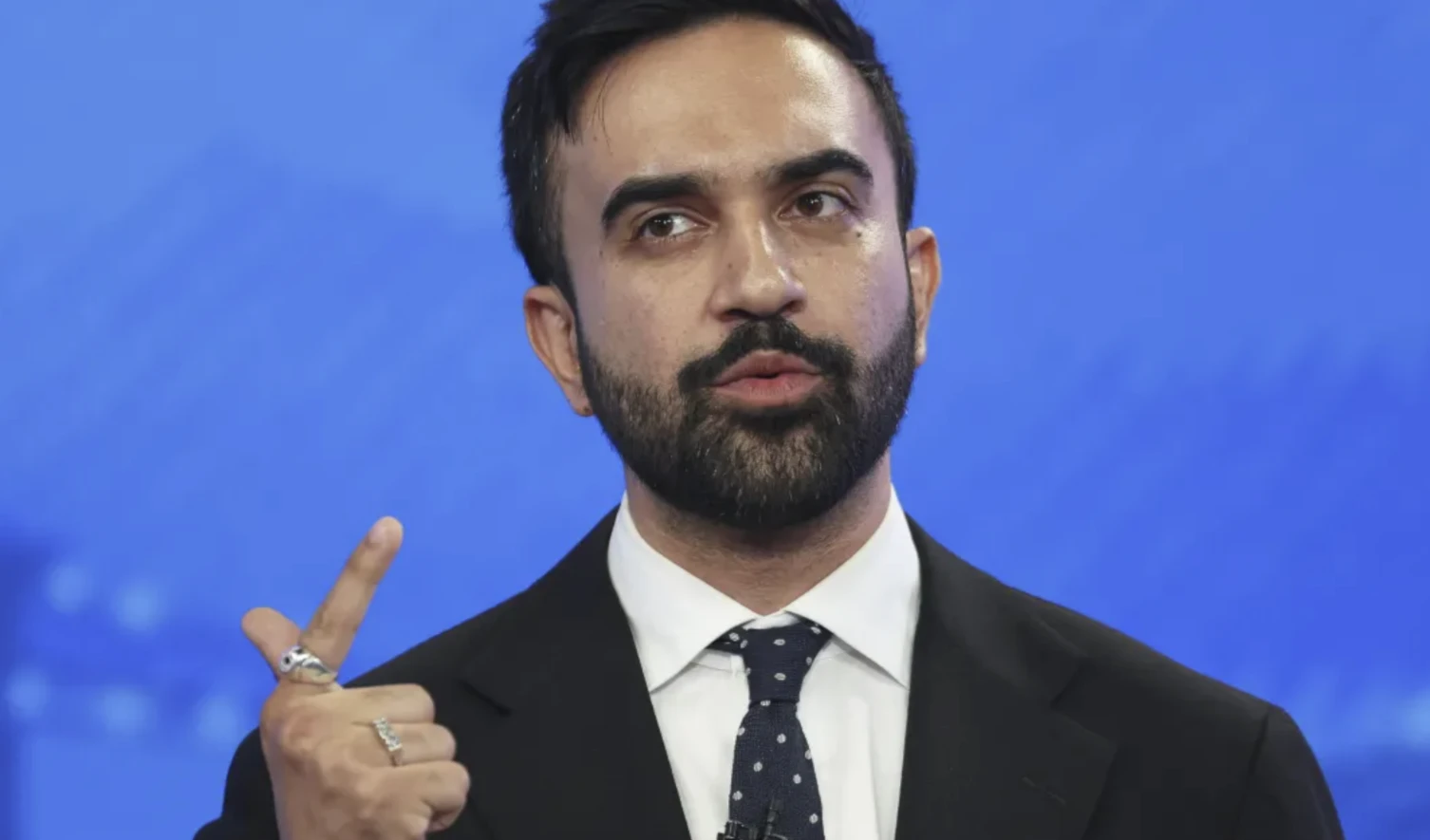Washington admits approving Ukraine strike on Russia using US weapons
US Secretary of State Antony Blinken admits that the US approved the Ukrainian request to use US-supplied weapons to strike Russia.
-

US Secretary of State Antony Blinken, (right), meets with Turkey's Foreign Minister Hakan Fidan in Prague, Czech Republic, on May 30, 2024. (AP)
The US admitted on Friday that it approved the Ukrainian request to use US-supplied weapons to conduct strikes on Russia, explaining that the green light was given on condition that the Ukrainians would limit their strikes to the border areas of Kharkiv, where Russian forces entered in early May.
"Over the past few weeks, Ukraine came to us and asked for the authorization to use weapons that we're providing to defend against this aggression, including against Russian forces that are massing on the Russian side of the border, and then attacking Ukraine. And that went right to the president. And as you've heard, he's approved the use of our weapons for that purpose," Secretary of State Antony Blinken told a press conference following an informal meeting of NATO foreign ministers in Prague.
Secretary of State Antony Blinken mentioned that US support for Ukraine is responsive to battlefield conditions and requirements. He emphasized the importance of adaptation and adjustment, ensuring Ukraine receives the necessary systems and weapons. Blinken reiterated the significance of providing training and capacity building to ensure the effective utilization and maintenance of the supplied weapons systems.
Blinken noted that NATO allies are intensifying their efforts to meet Ukraine's needs, citing recent commitments from the Netherlands and Germany to provide additional Patriot air defense systems. He also highlighted the Czech Republic's initiative to establish a coalition for urgently supplying artillery shells to the Ukrainian armed forces.
Biden approved the strike
Before the statement on Friday, US officials told Agence France-Presse (AFP) on Thursday that United States President Joe Biden has secretly lifted restrictions on Ukraine's use of US-supplied weapons against targets in Russian territory.
According to US officials, Biden made the move "only to defend the under-fire" Kharkov region against Russian forces. The news agency says that Biden has come under increasing pressure from Ukrainian officials urging him to further ease the ban on the use of weapons. However, the US president believes that this would drag NATO into direct conflict or even a nuclear standoff with Russia.
The US has supplied Ukrainian forces with short-range ballistic weapons that extend the precision targeting capabilities of Ukrainian forces to a radius of nearly 300 km at points of deployment.
The Army Tactical Missile System (ATACMS) comes in several variants that are subdivided into four categories. This includes a missile variant capable of carrying a warhead equipped with smaller bomblets capable of proximity detonation, which has been used to target Russian air defense batteries.
However, cluster versions of the bomblet-equipped warhead come in two versions, one that can hit targets 165 km away and another that can hit targets at a deeper 300 km range. Other variants include the M57 Block IA Unitary which has a range of 300 km and a warhead equipped with proximity, point, and delayed detonation capabilities. It has been circulated in Western news outlets that several M57 Block IA ATACMSs have been secretly delivered to Ukraine in recent months.
Sullivan, Blinken convinced Biden to let Ukraine hit inside Russia: reports
According to a Politico report, with information from sources, US National Security Advisor Jake Sullivan and Secretary of State Antony Blinken persuaded President Biden to lift the ban on Ukrainian strikes deep into Russian territory using weapons supplied by Washington.
On May 15, Biden held a meeting with Sullivan. During their discussion in the Oval Office, Sullivan advocated for Ukraine's ability to utilize US weapons for repelling Russian operations in Kharkov, suggesting a partial lifting of the restriction for counterfire purposes.
Biden agreed and instructed Sullivan, along with the Department of Defense, to initiate the process for implementing the change.
As discussions unfolded at the White House, Blinken arrived in Kiev for further talks with Ukrainian officials. According to sources speaking anonymously to the newspaper, Biden's decision was driven by concerns over the potential loss of Kharkov by Kiev.

 4 Min Read
4 Min Read










